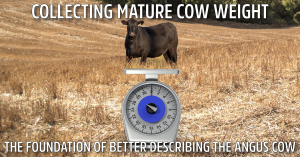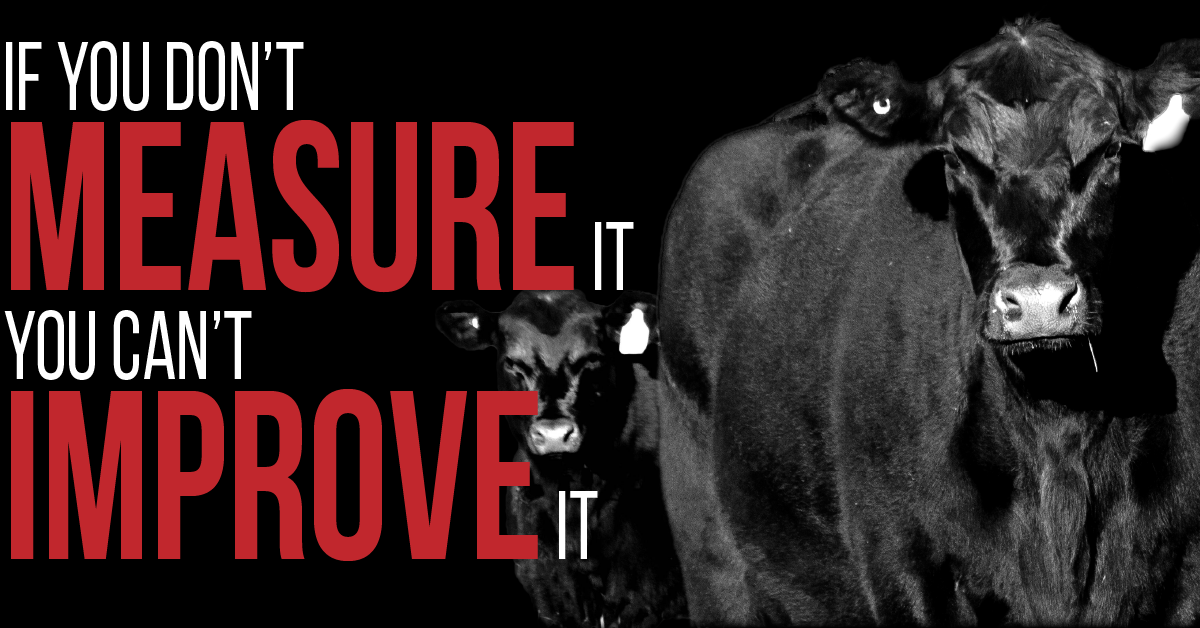Mature cow weight has been a topical trait in 2020 and whether your breeding program aims to increase, decrease or remain constant the genetic merit of the herd for the trait, the critical practice remains the same. We need to be recording mature cow weights, as it is only with the accurate description of the trait that we as breeders can make the selection and breeding decisions which will ultimately drive the direction of the breed.
Unlike some of the other traits mature cow weight does require some more effort to collect, because when collecting the mature cow weight of the female, we also need to collect the 200 day weight of her calf. Whilst this aligns with most herds performance recording plan, it is really important that the 200 day weight is also collected because without this, the mature cow weight will not be analysed.
Furthermore, there is the additional opportunity to collect mature cow body condition and hip height measurements, which can be invaluable in gaining a greater understanding of the body composition of the mature cow.
With the recent release of research breeding values (RBVs) for mature cow body condition and hip height, breeders have the potential, with a well design performance recording plan, to breed the type of cows they want. Whether looking for tall, lighter cattle or short heavy-set females, the key is collecting effective performance information from which to make selection decisions.









